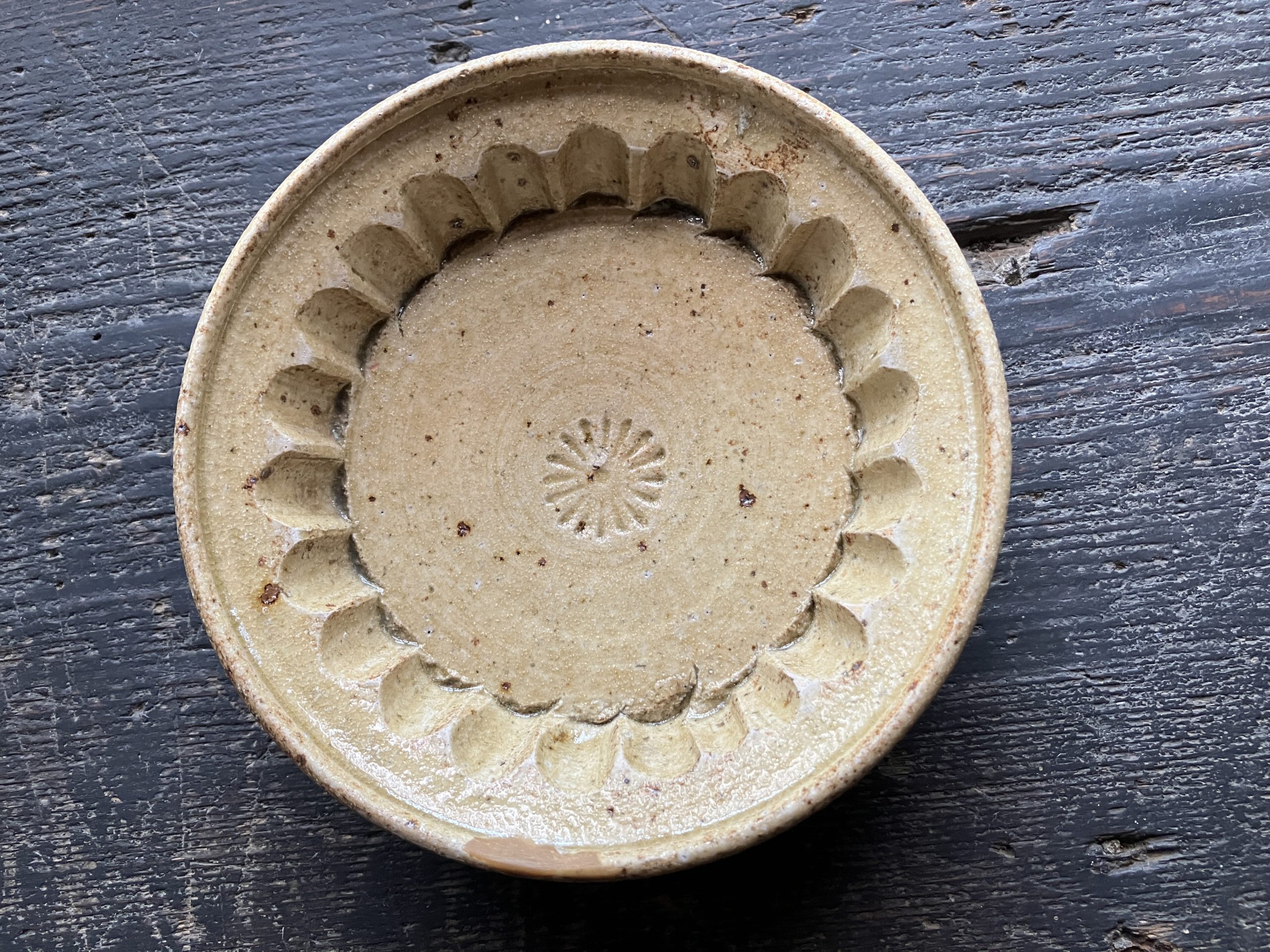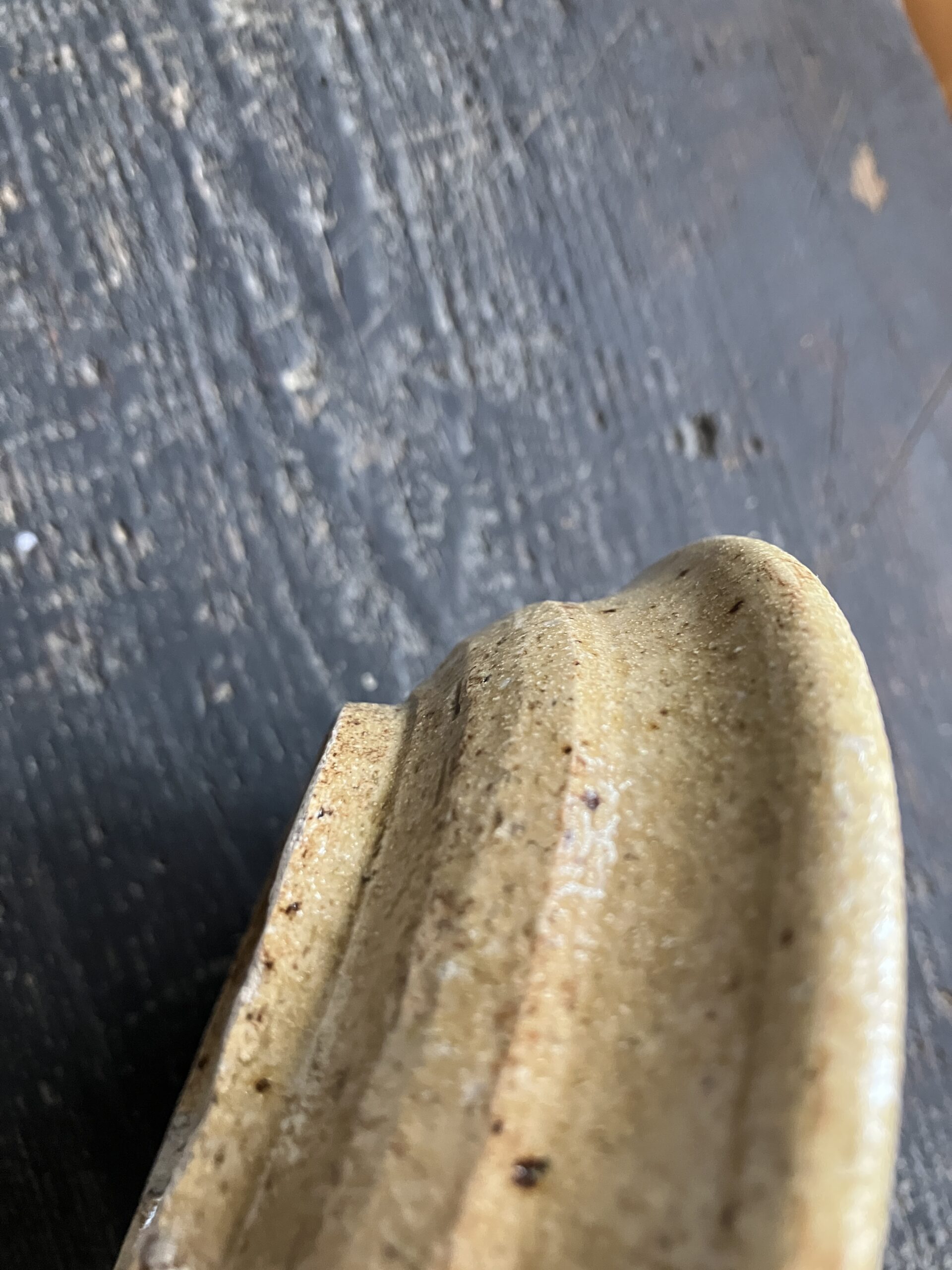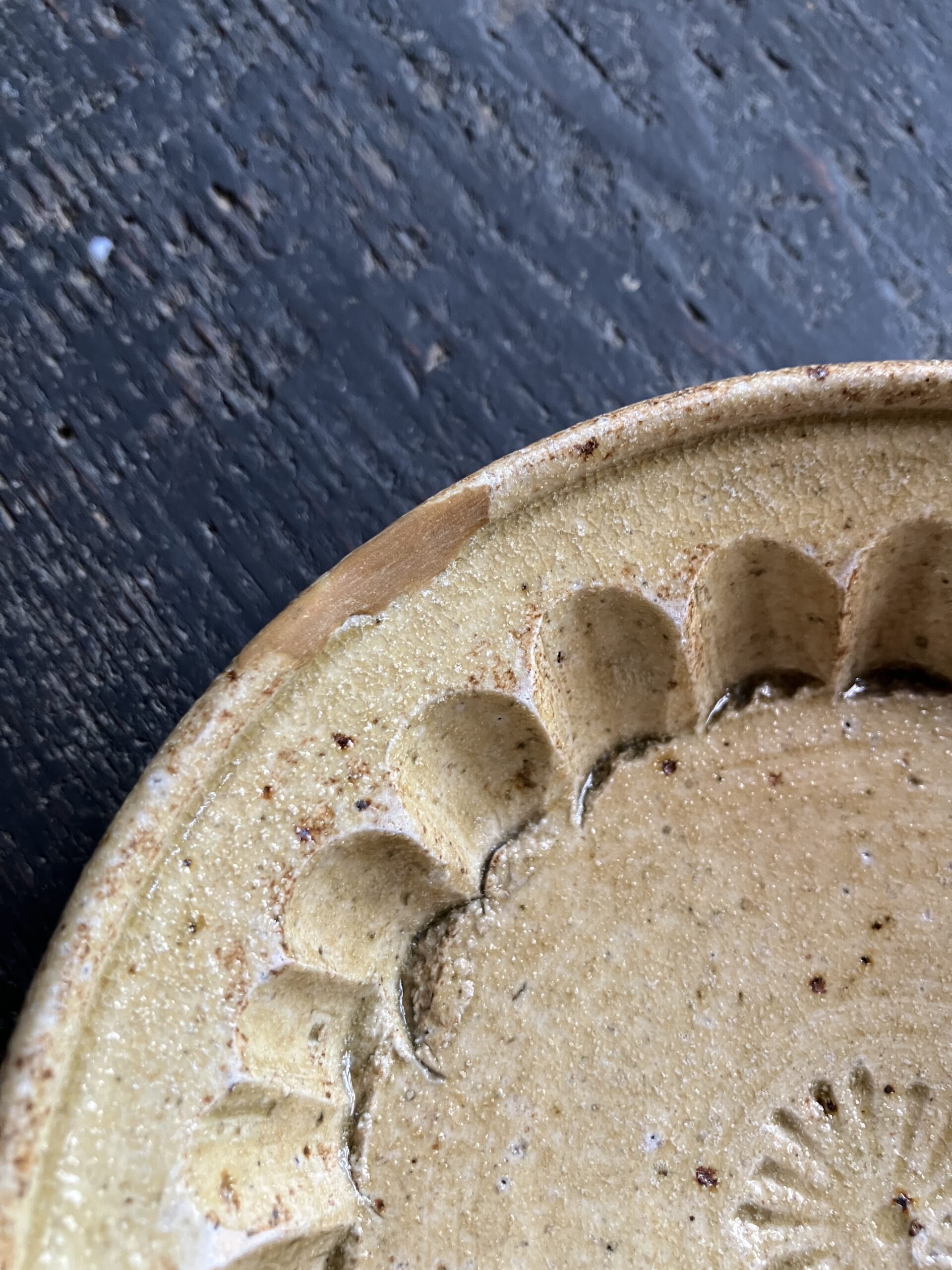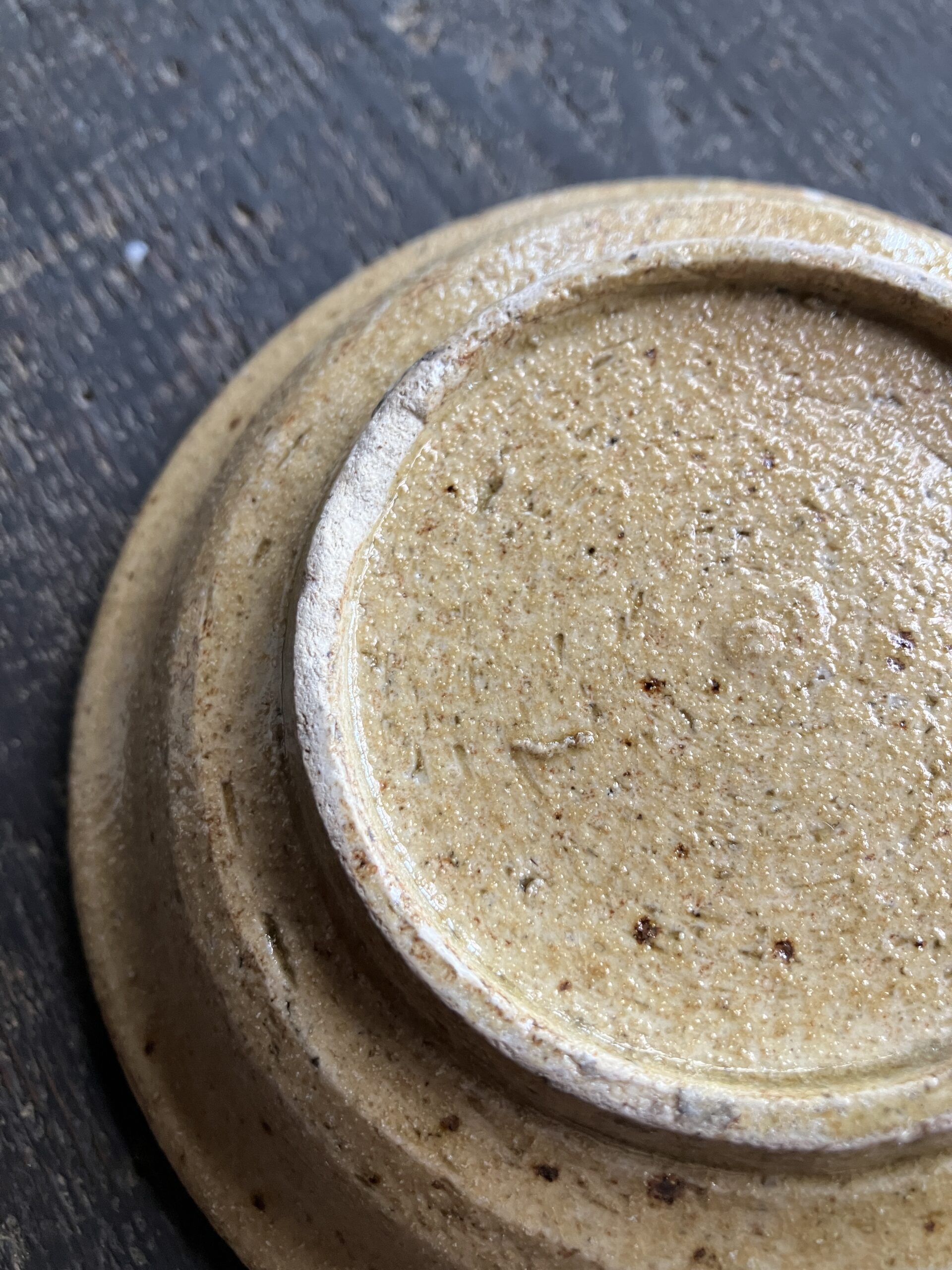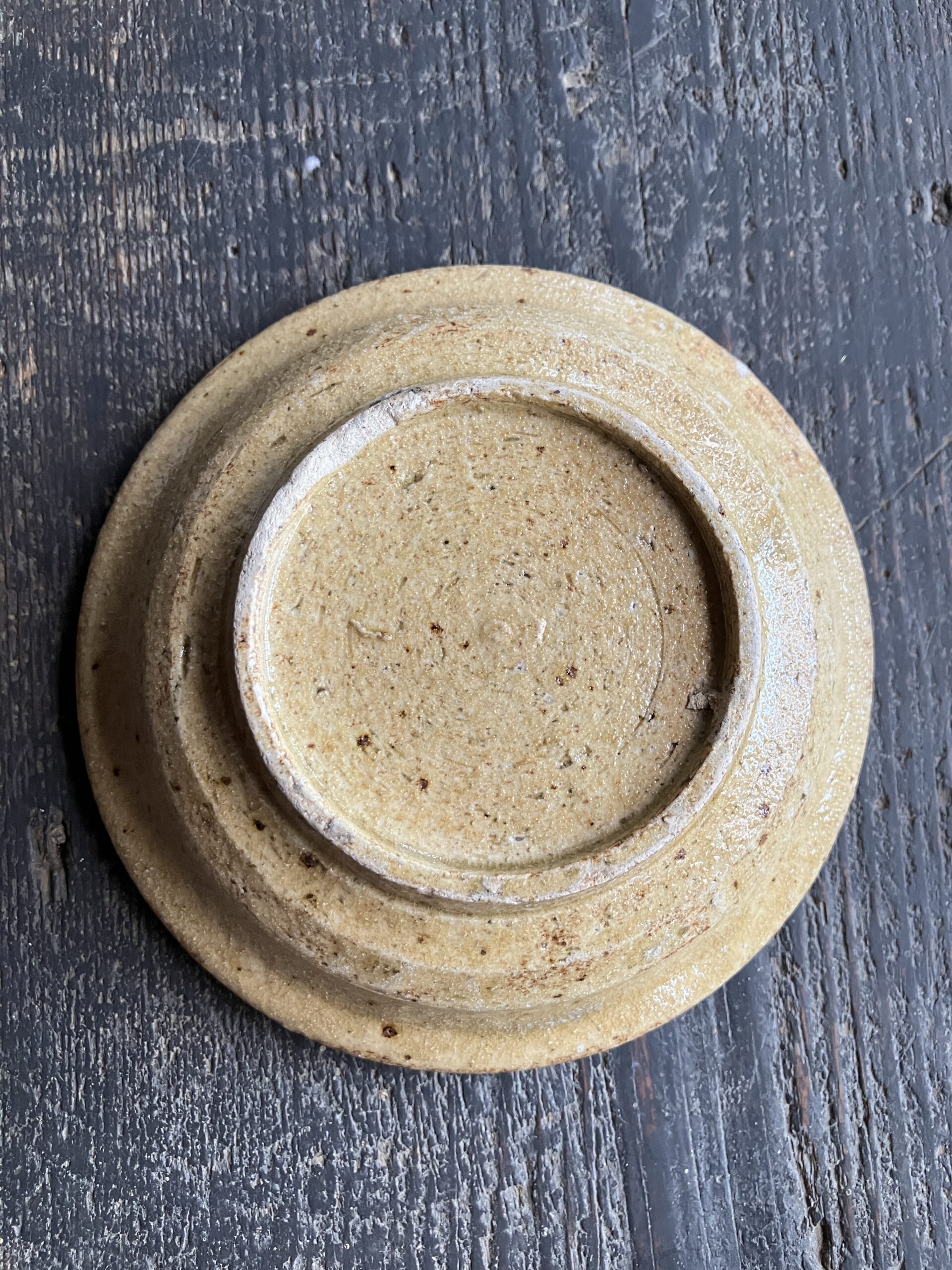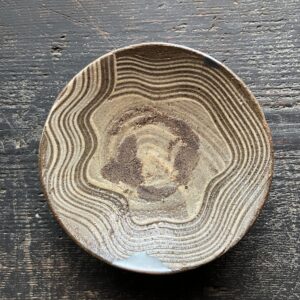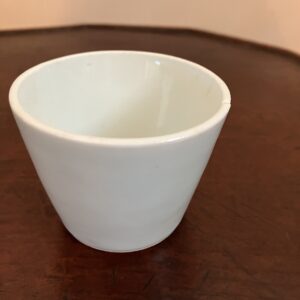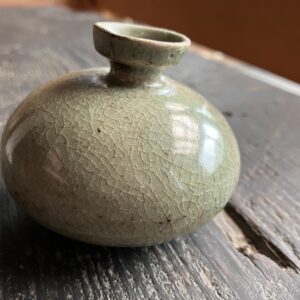Ki-Seto
Ki-Seto is one of the representative tea ceramics of the Seto kilns from the Momoyama period, characterized by its warm yellow glaze. Ash glaze mixed with iron glaze fired at high temperatures creates diverse expressions ranging from pale yellow to amber, beloved by tea masters. Patterns include chrysanthemums, lattice work, and leaf impressions, where simplicity and decorative beauty coexist. With its soft coloration called aburage-de, body bands, hexagonal cups, and various forms, it maintains a unique presence among Momoyama tea ceramics. Ki-Seto represents the crystallization of Seto main kiln techniques combined with tea ceremony culture, embodying beauty that merges wabi and elegance.
Mino Ceramics
Mino ceramics of the Momoyama period flourished greatly alongside the rise of tea ceremony culture. Potters who migrated from Seto established kilns in the Toki and Tajimi areas, creating new tea ceramics such as Ki-Seto, Seto-Guro, Shino, and Oribe. These transcended conventional utilitarian pottery, achieving innovation as “vessels as sculptural forms” that responded to tea masters’ aesthetic sensibilities. Mino clay and glazes displayed rich variations, actively incorporating the work of flames to create unique landscapes that combined wabi and playfulness. Momoyama Mino ceramics represent a pinnacle in Japanese ceramic history, sublimating subtle imbalances and rusticity into beauty, serving as the foundation for tea ceramics that continues to this day.
